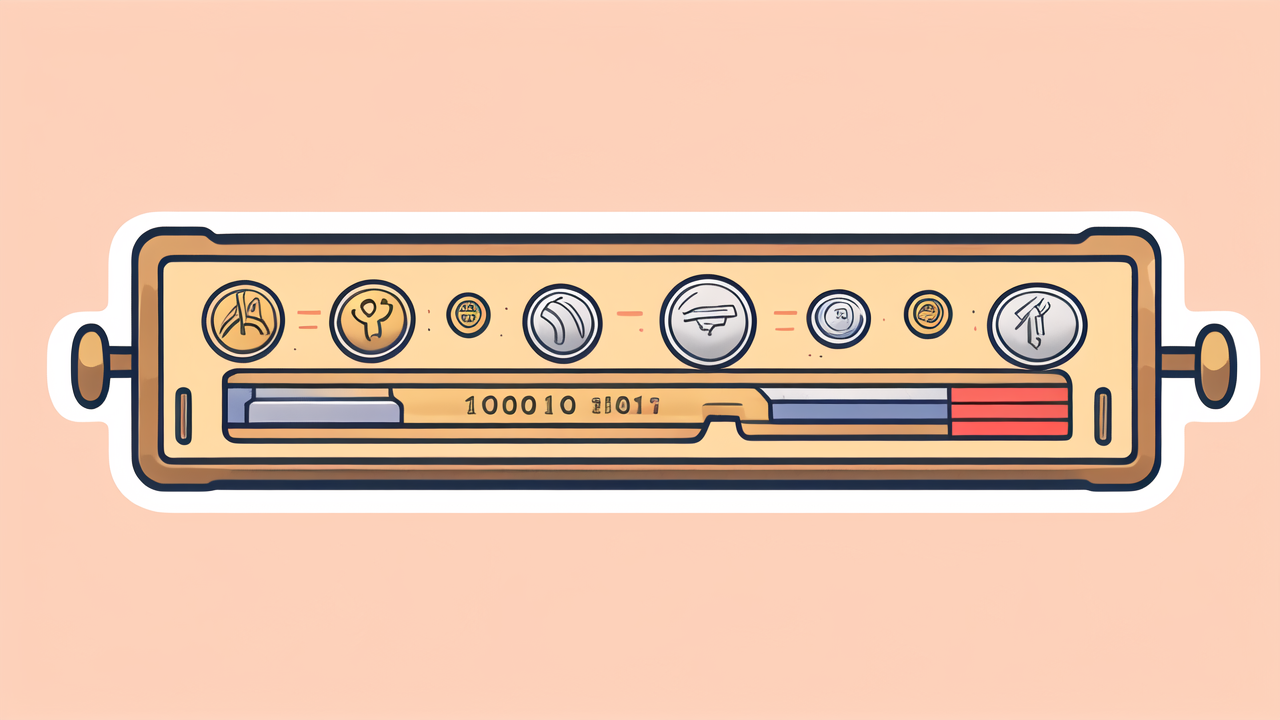Understanding the Value of Australian Coins
The History of Australian Coins
Australian coins have a rich history dating back to the colonial era. Before 1910, British coins were used. The first Australian coins were minted in 1910. These included silver coins and bronze pennies. In 1966, Australia switched to decimal currency. This change brought new designs and denominations. Over the years, many special coins have been released. These include commemorative coins for events and anniversaries. The Royal Australian Mint produces most of the coins today. Understanding this history is key for collectors. It helps them appreciate the value and rarity of certain coins.

Factors Affecting the Value of Coins
Several factors can impact the value of Australian coins. Rarity is a major factor. Coins with low mintage numbers are often more valuable. The condition of the coin is also crucial. Well-preserved coins fetch higher prices. The metal content can affect value, especially for older silver coins. Historical significance plays a role too. Coins linked to important events may be worth more. Market demand is another factor. Popular designs or themes can increase a coin's value. Lastly, errors or variations in minting can make coins more valuable. Collectors should consider all these factors when assessing coins.
How to Authenticate and Grade Australian Coins
Authenticating and grading coins is vital for collectors. First, learn to spot fake coins. Look for signs of tampering or artificial aging. Use a magnifying glass to examine details closely. Check the weight and dimensions against official specifications. For grading, consider factors like shine, marks, and overall condition. Professional grading services can provide expert assessments. They use a scale from 1 to 70, with 70 being perfect. Uncirculated coins generally have higher grades. Familiarize yourself with grading terms like "mint state" and "proof". Keep learning about authentication methods. This knowledge will help you make informed decisions when buying coins.
The Ultimate List of Must-Have Australian Coins
Rare and Unique Australian Coins
Some Australian coins are highly sought after due to their rarity. The 1930 penny is one of the most famous. Only a few were minted, making it extremely valuable. The 1923 halfpenny is another rare find. It had a low mintage and few survive today. The 1966 wavy baseline 20 cent coin is a popular error coin. The 2000 mule dollar coin, mistakenly struck with a 10 cent obverse die, is also rare. For modern rarities, look for the 2013 purple-striped coronation $2 coin. Only 200 were released into circulation. These coins can fetch high prices at auctions. Collectors should always verify authenticity when dealing with rare coins.

Common Australian Coins and Their Significance
Common Australian coins also hold significance for collectors. The $1 coin, introduced in 1984, features five kangaroos. The 50 cent coin is known for its unique 12-sided shape. The 20 cent coin shows a platypus, an iconic Australian animal. The 10 cent coin features a lyrebird, while the 5 cent coin shows an echidna. These designs have remained largely unchanged since 1966. Commemorative versions of these coins are often released. They celebrate various events or themes. Even common coins can have value if they're in excellent condition. Collecting a full set of each year's coins is a popular goal for many numismatists.
Upcoming Releases and Limited Edition Coins
The Royal Australian Mint regularly issues new coins. These include commemorative and collector editions. Stay informed about upcoming releases. Limited edition coins can quickly gain value. Watch for coins marking significant events or anniversaries. The Mint often produces themed coin series. These can be popular among collectors. Some recent examples include the AC/DC coin series and the Dinosaur coin series. Colored coins and coins with special finishes are also common. Pre-ordering these coins can be a good strategy. It ensures you don't miss out on potentially valuable additions to your collection.
Advanced Strategies for Collecting Australian Coins
Tips for Purchasing and Acquiring Coins
When buying coins, research is key. Know the current market values before making purchases. Buy from reputable dealers or auction houses. Be cautious with online purchases. Ask for clear photos and detailed descriptions. Consider joining a numismatic club. These groups often hold coin fairs and trading events. Attend coin shows to find rare pieces and network with other collectors. Don't rush into buying expensive coins. Start with more common pieces to gain experience. Set a budget and stick to it. Remember, condition is crucial. It's often better to buy one high-quality coin than several in poor condition. Keep learning about coins to make informed decisions.

How to Display and Store Australian Coins
Proper storage is crucial for preserving your coin collection. Use acid-free holders or albums designed for coins. Avoid touching coins directly. Handle them by the edges using cotton gloves. Store your collection in a cool, dry place. Humidity can damage coins over time. Consider using a safe or safety deposit box for valuable pieces. For display, use cases with UV-protective glass. This prevents fading and discoloration. Rotate displayed coins regularly to prevent uneven toning. Label your coins with relevant information. Include details like year, mint mark, and grade. Organize your collection in a way that makes sense to you. This could be by year, denomination, or theme.
The Role of Digital Platforms in Numismatics
Digital platforms have transformed coin collecting. Online marketplaces make it easier to buy and sell coins. Use these platforms to research prices and rarity. Many collectors now showcase their collections online. Social media groups allow collectors to connect and share knowledge. Digital cataloging apps help organize and value collections. Virtual coin shows are becoming more common. They offer a way to participate in events from anywhere. Some platforms offer digital coin grading services. Be aware of the risks of online transactions. Always verify the legitimacy of sellers and buyers. Digital resources can enhance your collecting experience. However, they should complement, not replace, physical coin collecting.










